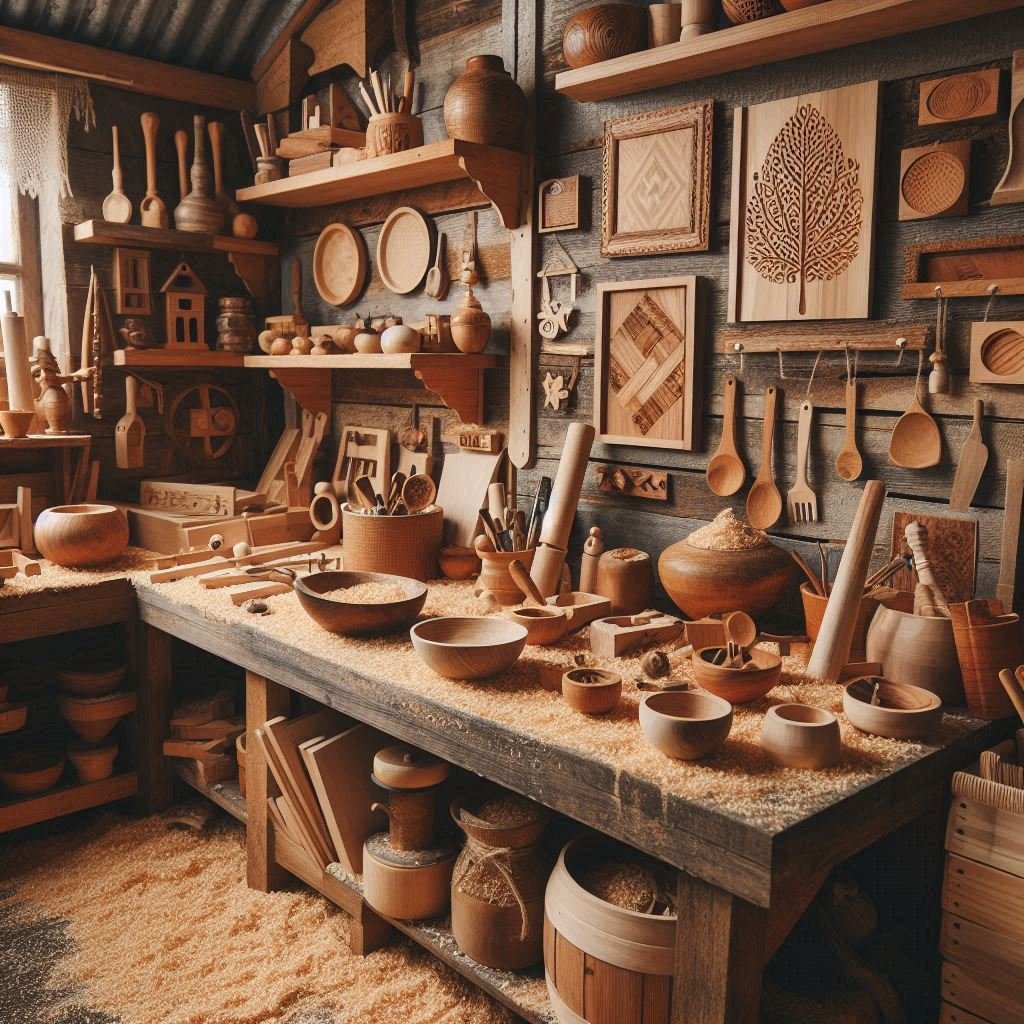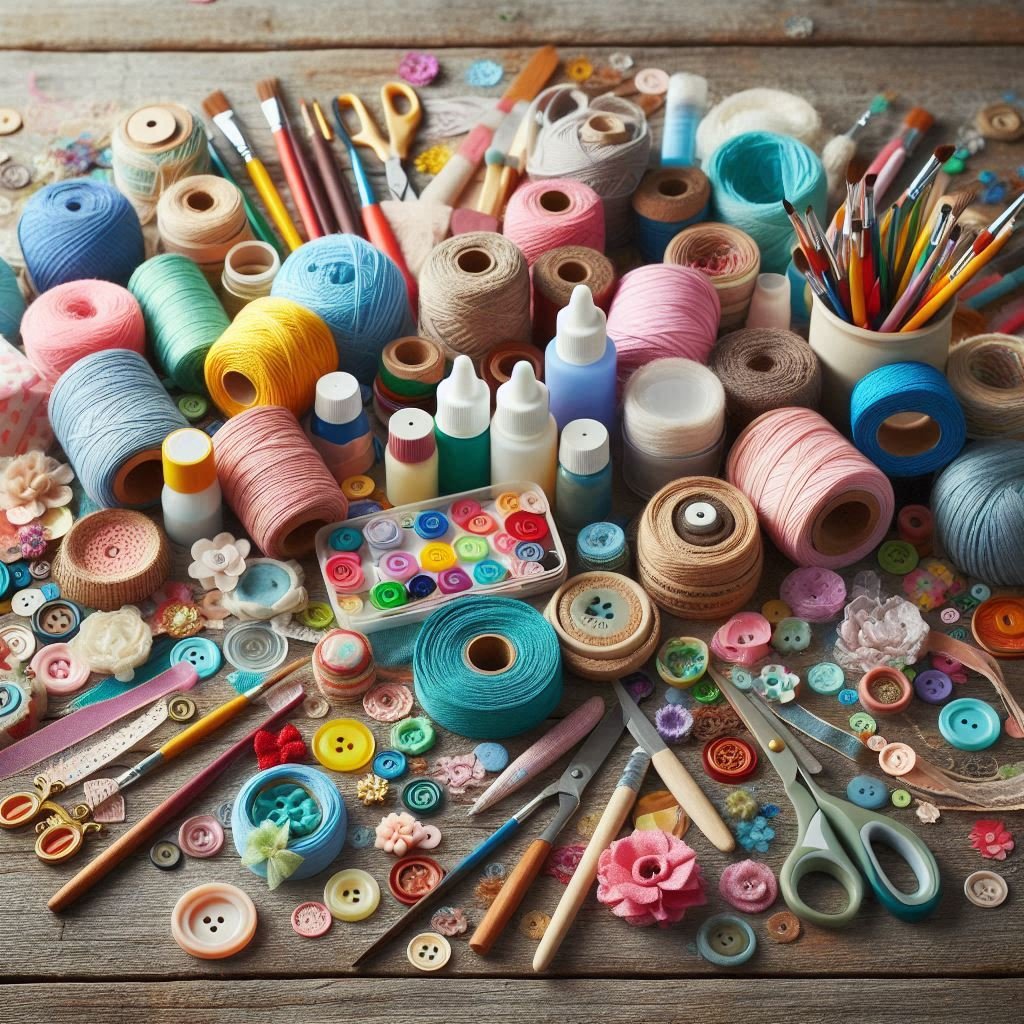Environmentally Friendly and Vegan Handmade Candle Making: A Comprehensive Guide
Discover how to create environmentally friendly and vegan handmade candles with our comprehensive guide. Learn about sustainable materials, eco-friendly techniques, and creative tips for crafting beautiful, cruelty-free candles at home.
Candles have been used for centuries to bring light, warmth, and ambiance into our lives. However, the environmental and ethical implications of traditional candle-making practices have prompted many to seek greener alternatives. This article explores the world of environmentally friendly and vegan handmade candle making, offering insights into sustainable practices, materials, and techniques to create beautiful, ethical candles.
The Importance of Eco-Friendly and Vegan Candle Making
Environmental Concerns
Traditional candles are often made from paraffin wax, a byproduct of petroleum refining. The production and burning of paraffin candles release harmful chemicals, including toluene and benzene, which contribute to air pollution and can have adverse health effects. Moreover, the petroleum industry is a major driver of environmental degradation, including oil spills, habitat destruction, and greenhouse gas emissions.
Ethical Considerations
Many conventional candles also contain animal-derived ingredients such as beeswax or stearic acid (often derived from animal fats). For vegans and those concerned with animal welfare, these ingredients pose ethical dilemmas. Choosing vegan candle-making alternatives supports cruelty-free practices and aligns with a commitment to protecting animal rights.
Sustainable Alternatives: Materials and Ingredients
Wax
1. Soy Wax:
- Made from soybean oil, soy wax is a renewable resource. It burns cleaner and longer than paraffin wax and is biodegradable. Additionally, it supports the agricultural industry, particularly in regions where soybeans are a major crop.
2. Coconut Wax:
- Derived from the meat of coconuts, coconut wax is another sustainable option. It has a high melting point, which helps candles burn slowly and evenly. Coconut wax is biodegradable and often blended with other natural waxes to enhance its properties.
3. Rapeseed Wax:
- Produced from the oil of the rapeseed plant, this wax is biodegradable, renewable, and burns cleanly. It is often grown in temperate regions, reducing the carbon footprint associated with transportation.
4. Beeswax (for non-vegan but natural option):
- Beeswax is a natural, renewable resource that burns cleanly and emits a pleasant, honey-like aroma. However, it is not vegan as it is produced by bees.
Wicks
1. Cotton Wicks:
- Cotton wicks are a popular choice for eco-friendly candles. They are biodegradable and free from lead and other harmful substances. Ensure they are unbleached and untreated with synthetic chemicals.
2. Wooden Wicks:
- Wooden wicks provide a rustic charm and a pleasant crackling sound when burned. They are typically made from sustainably sourced wood and offer a unique burning experience.
Fragrances and Essential Oils
1. Essential Oils:
- Derived from plants, essential oils offer a natural way to scent candles. They are free from synthetic chemicals and provide aromatherapeutic benefits. Popular choices include lavender, eucalyptus, peppermint, and citrus oils.
2. Natural Fragrance Oils:
- These are blends of essential oils and other natural compounds. They are designed to mimic popular scents without the use of synthetic ingredients.
Colorants
1. Natural Dyes:
- Plant-based dyes and mineral pigments can be used to color candles naturally. Examples include alkanet root (purple), annatto seeds (orange), and turmeric (yellow).
2. Mica Powders:
- Mica is a naturally occurring mineral that can be ground into a fine powder to add shimmer and color to candles. Ensure it is ethically sourced to avoid environmental and human rights issues associated with mining.
Step-by-Step Guide to Making Vegan and Eco-Friendly Candles
Materials Needed
- Eco-friendly wax (e.g., soy, coconut, or rapeseed wax)
- Cotton or wooden wicks
- Essential oils or natural fragrance oils
- Natural dyes or mica powders (optional)
- Heat-resistant containers (e.g., glass jars, metal tins)
- Double boiler or a heat-safe bowl and saucepan
- Thermometer
- Wick centering device or chopsticks
- Pouring pitcher
Instructions
1. Prepare Your Workspace:
- Set up your candle-making station in a well-ventilated area. Lay down newspaper or a protective covering to catch any spills.
2. Measure and Melt the Wax:
- Measure the amount of wax needed for your containers. Use a double boiler or heat-safe bowl placed over a saucepan of simmering water to melt the wax. Heat the wax to the recommended temperature (usually around 170-180°F for soy wax).
3. Prepare the Containers:
- While the wax is melting, prepare your containers. Attach the wick to the bottom center of each container using a dab of melted wax or a wick sticker. Use a wick centering device or chopsticks to keep the wick upright and centered.
4. Add Color and Fragrance:
- Once the wax is melted and reaches the correct temperature, remove it from the heat. If using natural dyes or mica powders, add them to the wax and stir until fully incorporated. Add the desired amount of essential oils or natural fragrance oils and mix thoroughly. Typically, use about 6-10% fragrance oil by weight of the wax.
5. Pour the Wax:
- Allow the wax to cool slightly (to about 140-150°F) before pouring it into the containers. Pour slowly and steadily to avoid creating air bubbles. Leave a small amount of space at the top of the container.
6. Cool and Set:
- Allow the candles to cool and set undisturbed for several hours or overnight. Avoid moving the containers during this time to prevent cracking and uneven surfaces.
7. Trim the Wick:
- Once the candles are fully set, trim the wick to about ¼ inch above the surface of the wax. This ensures a proper burn and minimizes soot production.
8. Curing:
- For optimal scent throw, allow the candles to cure for a few days to a week before burning. This allows the fragrance to fully bind with the wax.
Tips for Successful Eco-Friendly Candle Making
1. Experiment with Blends:
- Try blending different waxes to achieve the desired texture, burn time, and scent throw. For example, combining soy and coconut wax can enhance both stability and fragrance retention.
2. Test Burn:
- Always perform a test burn with one candle from each batch to check for proper wick size, fragrance throw, and burn quality. Adjust wick size or fragrance concentration as needed.
3. Reuse and Recycle:
- Use recyclable or reusable containers for your candles. Glass jars, metal tins, and ceramic pots can be cleaned and repurposed after the candle is used up.
4. Eco-Friendly Packaging:
- If selling your candles, opt for eco-friendly packaging materials such as recycled paper, biodegradable packing peanuts, or reusable cloth bags.
5. Safety First:
- Never leave a burning candle unattended and keep candles away from flammable materials, children, and pets. Educate customers about candle safety with each purchase.
The Benefits of Eco-Friendly and Vegan Candles
Health Benefits
Eco-friendly candles made from natural waxes and essential oils are healthier to burn. They release fewer toxins and pollutants into the air, reducing the risk of respiratory issues and allergic reactions. Essential oils can also offer aromatherapeutic benefits, promoting relaxation, focus, or invigoration depending on the chosen scent.
Environmental Impact
Choosing sustainable materials reduces the environmental footprint of candle making. Natural waxes are biodegradable and often sourced from renewable resources. By avoiding petroleum-based paraffin and synthetic additives, eco-friendly candle makers contribute to a cleaner, healthier planet.
Ethical Consumption
Vegan candles support cruelty-free practices by avoiding animal-derived ingredients. This aligns with ethical consumption values, supporting the welfare of animals and promoting a more humane industry standard.
Conclusion
Environmentally friendly and vegan handmade candle making is a rewarding and impactful practice. By choosing sustainable materials and ethical ingredients, candle makers can create beautiful products that are kind to both the planet and its inhabitants. Whether for personal use or as a thoughtful, eco-conscious gift, these candles offer a delightful way to bring light and fragrance into any space.
Incorporating eco-friendly practices into candle making not only enhances the quality and appeal of the candles but also contributes to a larger movement towards sustainability and ethical consumerism. By following the steps and tips outlined in this guide, anyone can embark on the journey of creating their own environmentally friendly and vegan candles, enjoying the process and the beautiful, eco-conscious results.






























